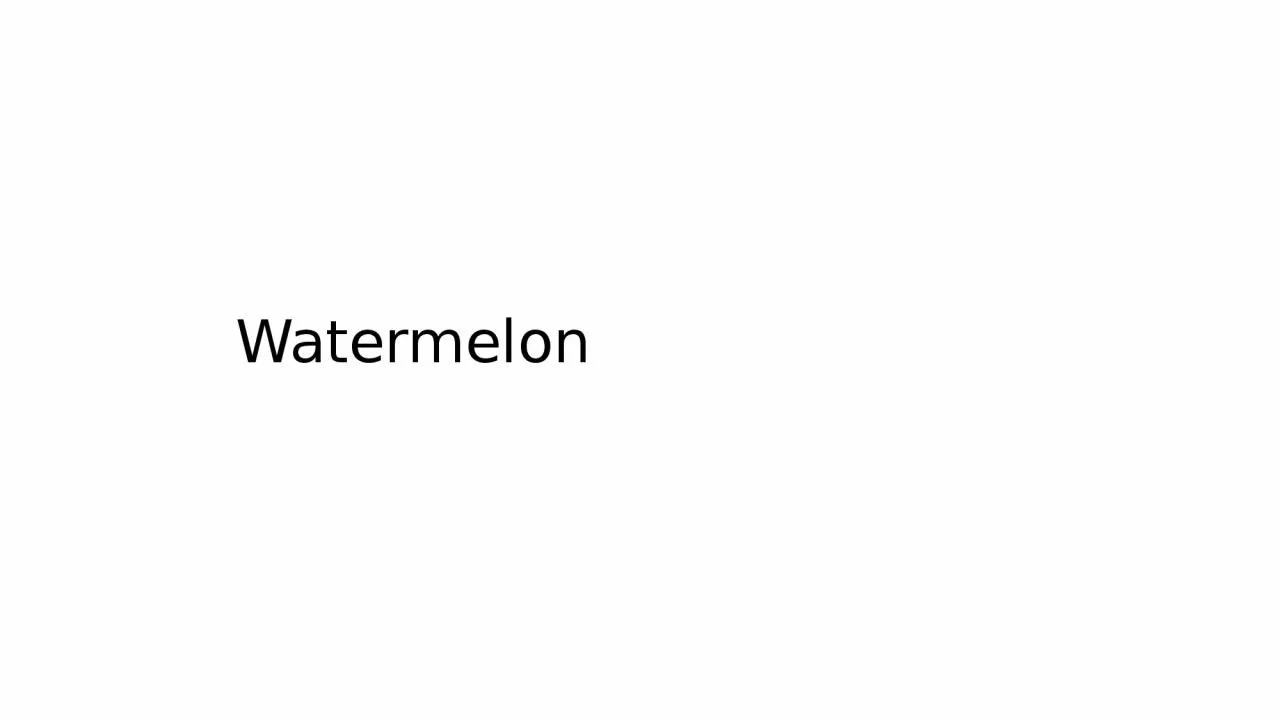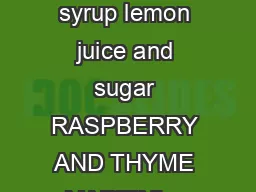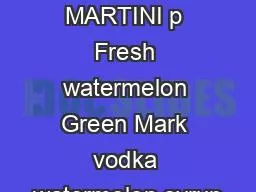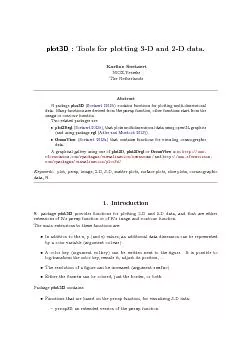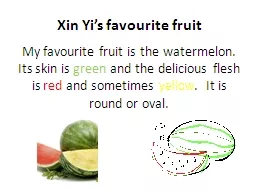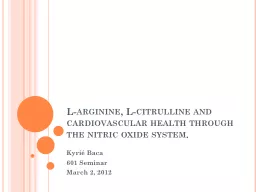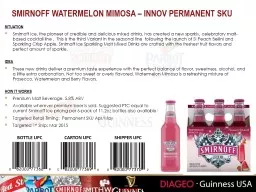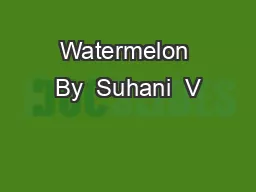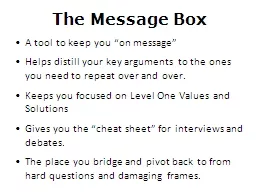PPT-Watermelon Example of key message:
Author : blanko | Published Date : 2024-02-02
Watermelons High water content with nutrients Rich in water content Assist maintenance of normal BP Improves skin tone Why is it rich in water content A
Presentation Embed Code
Download Presentation
Download Presentation The PPT/PDF document "Watermelon Example of key message:" is the property of its rightful owner. Permission is granted to download and print the materials on this website for personal, non-commercial use only, and to display it on your personal computer provided you do not modify the materials and that you retain all copyright notices contained in the materials. By downloading content from our website, you accept the terms of this agreement.
Watermelon Example of key message:: Transcript
Download Rules Of Document
"Watermelon Example of key message:"The content belongs to its owner. You may download and print it for personal use, without modification, and keep all copyright notices. By downloading, you agree to these terms.
Related Documents

